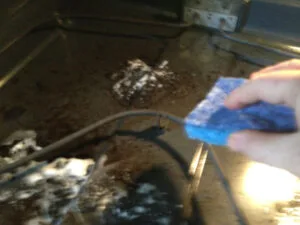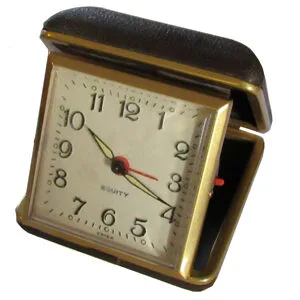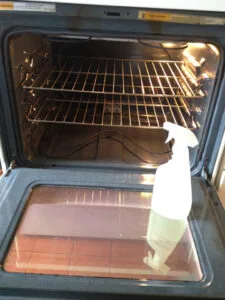
Self Cleaning Ovens
An oven is self-cleaning when you see “Clean” or “Self Clean” on the control panel. Don’t use product or scour in a self-cleaning oven. Follow manual instructions to put the oven though the clean cycle. Grates are removed before this process.
After the oven has cooled down from the self-cleaning cycle, cleaning staff can wipe out the ashes with a soft cloth and water. And clean grates over the sink before placing back in oven.
Baking Soda & Vinegar
For ovens that are cleaned the traditional way, baking soda & vinegar is a great option to avoid harsh chemical products. The internet will tell you that baking soda and vinegar are miracle cleaners. Only in a virtual world! In the real world, they are just regular cleaners that require time and muscle – for an eco-friendly world. The result is a clean oven – not a brand new oven.





Make a creamy paste with baking soda and water and cover the inside of the oven and grates. Avoid getting baking soda on elements and light. Put more paste on bad areas.
Let sit an hour or overnight.
With a scouring pad, clean tough spots in oven and the grates over the sink. This process is good old physical labour and not magic.
Clean paste off with a sponge or cloth dipped in water.
Use vinegar & water in a spray bottle to rinse the oven. White vinegar helps break down the salt residue of baking soda.
The final rinse is done with water to remove any vinegar residue. Rinse well.
